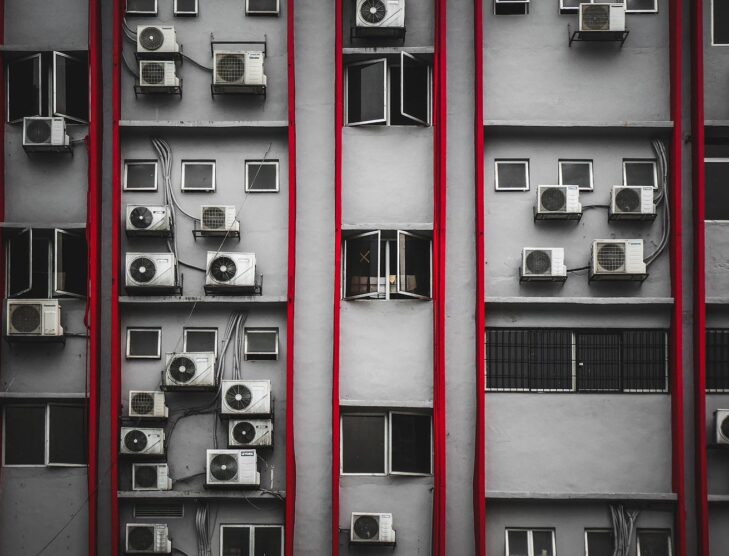
U.S. EPA proposes rule to accelerate transition away from HFCs
The U.S. Environmental Protection Agency (EPA) has announced a proposed rule to advance the transition to more efficient heating and cooling technologies by restricting the use of super-polluting hydrofluorocarbons (HFCs) in certain products and equipment where more climate friendly alternatives are available.
The proposed rule would apply both to imported and domestically manufactured products. The EPA says the proposed rule will help ensure a level playing field for American businesses that are already transitioning to next-generation, safer alternatives and more energy efficient technologies.
Under the American Innovation and Manufacturing (AIM) Act , the Biden-Harris Administration is implementing a national HFC phasedown to achieve a 40% reduction below historic levels starting in 2024 and an 85% reduction by 2036. The proposed rule will help guide this overall phasedown by accelerating the transition away from HFCs in areas where substitutes are available or being introduced, helping to unlock additional climate benefits and savings.
EPA will accept comments on this proposal for 45 days after publication in the Federal Register and hold a public hearing.
EPA estimates that this action would provide greenhouse gas emissions reductions of up to 35 million metric tons of carbon dioxide equivalent (MMTCO2e) per year, equivalent to annual fuel consumption of roughly 7.5 million gasoline-powered cars. The cumulative savings for industry and consumers—which largely result from improved energy efficiency and lower cost refrigerants—is estimated to be up to USD8 billion through 2050.
“With this latest proposal under the bipartisan AIM Act, EPA continues to advance President Biden’s ambitious climate agenda while investing in American innovation and ingenuity,” said EPA Administrator Michael S. Regan. “This proposal will support a transition away from super-pollutant HFCs in key sectors of our economy while promoting American leadership in manufacturing of new climate-safe products, making our nation more globally competitive and delivering significant environmental and economic benefits.”
The bipartisan AIM Act authorizes EPA to limit or prohibit the use of HFCs in specific sectors and to phase in these requirements over time as appropriate. The proposed rule addresses petitions granted in October 2021 and would restrict the use of climate-damaging HFCs used in certain foams, aerosol products, and refrigeration, air conditioning, and heat pump equipment beginning in 2025. The HFCs that are being restricted under this proposal are those that have higher global warming impacts.
The proposal is in response to petitions from companies, industry associations, non-governmental environmental organizations, and 12 states and the District of Columbia that requested that EPA restrict the use of certain HFCs in products and equipment across 40 subsectors. EPA developed the proposed restrictions after reviewing petitions, holding stakeholder workshops, and considering an extensive list of factors as specified in the AIM Act, including the availability of substitutes, safety, and the overall economic and environmental impacts.









